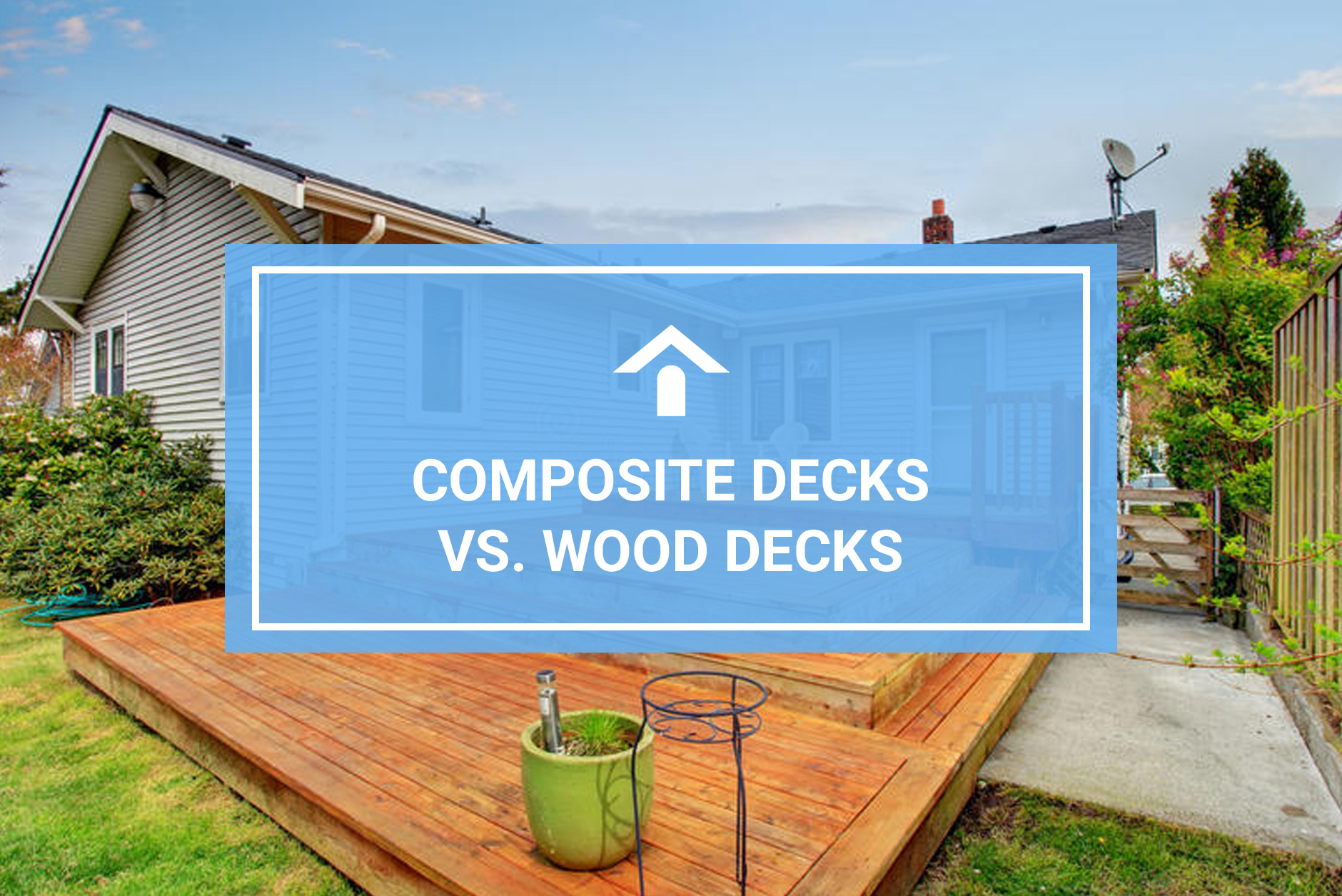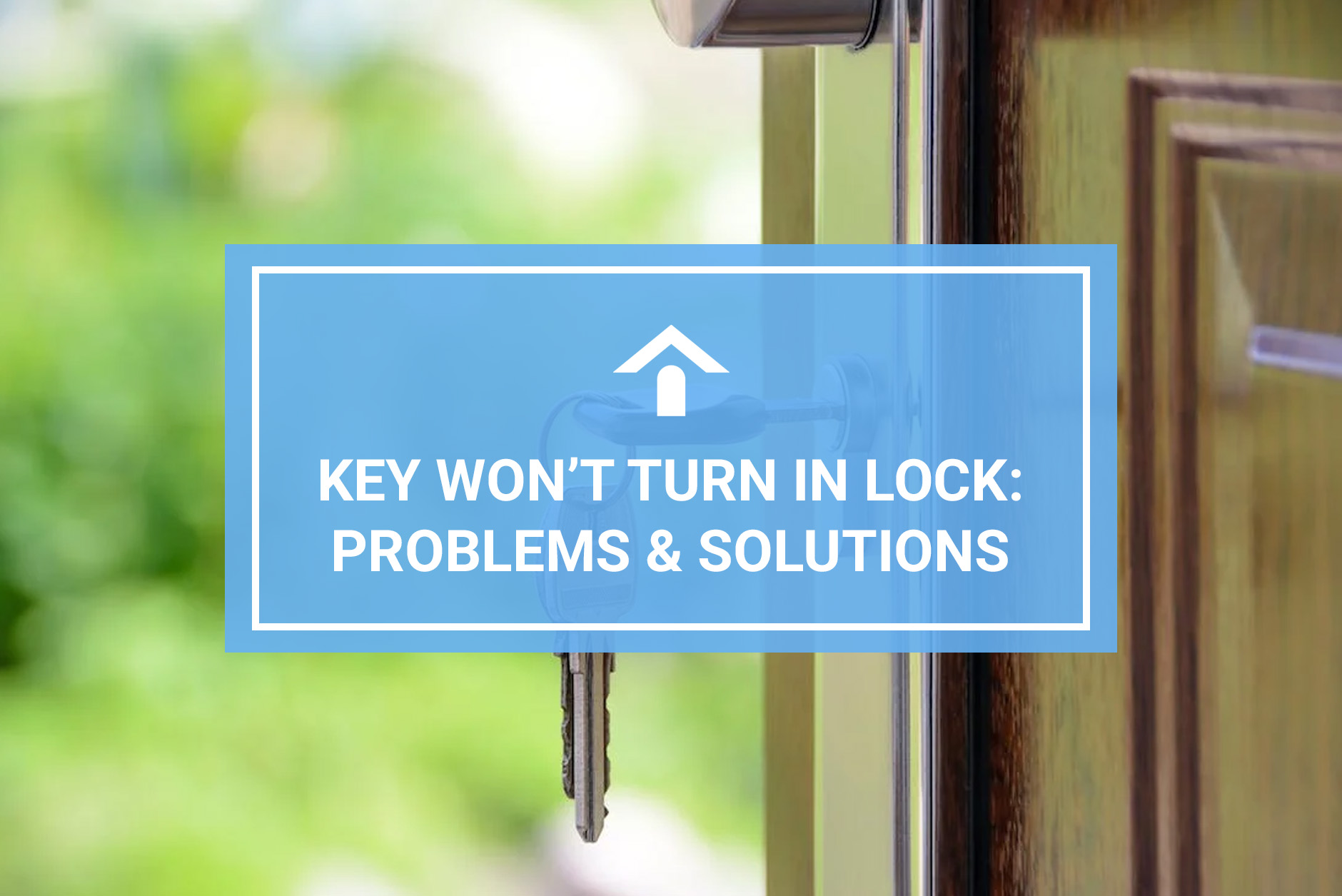It can be tough to decide what kind of deck is right for your property. Should you have a composite deck, or should it be made of wood? This blog post will help you weigh the pros and cons so you can make an informed decision!
Composite Decking
Composite decks are becoming an increasingly popular choice for homeowners looking for an easy-to-maintain deck that will last for years without any problems. Composite decking is made from recycled materials. It’s a combination of plastic, wood scraps, and other materials. Compared to traditional lumber, it is easy to install and care for. In general, composite decking requires less maintenance than other types of decks.
Composite decking comes in many styles. Homeowners will have plenty of choices, based on the style they are looking for and whether it needs to meet any local building codes.
Composite decking is also easy to clean and will rarely need to be sanded or stained. Staining and painting can give the decking a new look or eliminate discoloration from sun exposure and mildew, so you may still stain or paint your composite decking from time to time. As for cleaning, homeowners can quickly clean composite decking by wiping it down with a simple and inexpensive cleaning solution.
Overall Pros of Composite Decking
Composite decking has become so popular for a wide variety of reasons. Some of the primary pros of composite decking include the following:
- Composite decking is incredibly durable and long lasting, making it a great choice for homeowners who want a low-maintenance option.
- Composite decks are resistant to fading, rotting, and insects, making them a great choice for areas that experience harsh weather conditions or regular pests.
- Composite decks come in a variety of colors and styles, allowing you to find the perfect look for your home.
- Composite decks are relatively affordable compared to other types of deck materials, although they are more expensive than wood in many cases.
- Composite decking boards can be longer than traditional wood decking. That means there are fewer end joints to worry about.
- Composite materials are generally more workable than wood. For example, you can more easily bend composite boards to create rounded and curved edges if you are building your deck yourself.
- Composite decking can be more environmentally friendly than wood. It is often made from recycled materials, and it requires less wood — meaning fewer trees must be cut down. Keep in mind that composite materials that are heavy on plastic may not be all that green.
Overall, composite decking is an excellent option for anyone looking for a beautiful, low-maintenance deck that will last for many years.
Overall Cons of Composite Decking
Composite decking is a great alternative to traditional wood decking. However, there are some cons to consider before making your decision:
- Composite decking is often more expensive than wood. On average, composite material can cost 15% to 20% more than treated pine.
- Composite decking may look like wood, but it is actually wood fibers encased in plastic. If you want a material that is truly natural, you’ll want to stick to wood.
- Composite decks may require less maintenance than wood, but they’re not entirely maintenance-free. They’ll still require some upkeep, such as routine cleaning and occasional staining or painting to eliminate stains.
- During the hot and sunny weather of summer, composite decking may absorb a lot of heat and become quite hot to the touch. However, some newer (and more expensive) composite materials have been engineered to reduce heat absorption.
Composite Deck Appearance
Composite decks are available in a variety of colors, textures, and styles so homeowners can choose one to best fit their home. The most popular style is the natural wood look. Some composite decking has a grooved profile that gives it the appearance of traditional wooden boards. There are also a number of companies that offer special finishes, such as cedar shake or stone textures, that can give your deck an entirely unique look.
Most composite decks come in shades of brown and gray, but a few companies offer more colorful options. There’s no shortage in variety when it comes to the color, style, and texture options for composite decks.
For reference, here are several common styles of composite decking:
- Water tight. This decking is about as simple as composite decking styles get, but it is also the most resistant to water. In some climates, that may be just what you need.
- Textured wood grain. This material comes with imprints meant to mimic the grain of natural wood, giving your composite deck a more natural feel. An added bonus is that the grain makes the material more resistant to scratches and scuffs.
- Weathered wood composite. This material is meant to look a little rustic, with artificial weathering details applied to the board after manufacturing.
- Plastic-wrapped material. The exterior faces of these composite boards are actually a plastic covering, which serves as a shield for the interior untextured composite material.
All of these materials have one thing in common: They are long-lasting. They’ll not only look great when you build them, but they will also maintain a great appearance for a longer span of time compared to traditional wood decks.
Composite Deck Maintenance
Maintenance for composite decks is minimal. A quick sweep with a broom to remove any accumulation of leaves or dirt is generally all that is necessary. Occasionally, a mild detergent solution can be used to clean the surface; however, you should never use strong chemicals or solvents on composites decks because they may cause damage.
If food or drink spills occur on composite decking, clean them up immediately with a wet rag. Stains from mold or mildew can be removed by using a diluted bleach solution (following dilution instructions carefully). For more stubborn stains, you can use a commercial deck cleaner, but always test it in an inconspicuous area first. After cleaning, rinse the deck thoroughly with water and allow it to dry completely before using it again.
Composite Deck Durability
Composite decks are extremely durable and can last for many years with minimal maintenance. Unlike traditional wooden decks, composites will not rot, warp, or splinter, giving them much more longevity than other types of decks. In addition, they do not require annual staining or sealing like wood decks do, which can save you a lot of time and money over the years.
When installed properly, composite decks can provide years of enjoyment without any major problems. So, if you’re looking for a deck that is low-maintenance and long-lasting, a composite deck may be the perfect solution for you!
Composite Deck Cost
Cost is a major consideration when it comes to installing a composite deck. Composite decks can be more expensive than traditional wooden decks, but they offer a number of advantages that may make them worth the extra expense.
If you’re interested in installing a composite deck, be sure to get estimates from several different contractors. This will give you a good idea of what the average cost of a composite deck installation is in your area. Keep in mind that costs can vary depending on the size of the deck, the materials used, and the complexity of the project.
So, how much does it cost to install a composite deck? The average price ranges from $25 to $54 per square foot, but it can be more or less depending on the factors mentioned above. On average, expect to pay somewhere between $3,600 and $7,700 to install a composite deck.
If you’re looking for something truly luxurious, you may want to consider spending up to $70 or even $80 per square foot. Of course, that’s well beyond the reach of most homeowners.
One thing is for sure: If you’re thinking about installing a composite deck, now is the time to do it. Prices are expected to continue rising in the years ahead as demand for these decks continues to grow.
Wood Decking
Because it is the original material for building a deck, wood is the oldest decking material. It’s a tried and true, timeless look for virtually any deck. That’s why composite decking materials often attempt to mimic the natural beauty of wood decks.
Overall Pros of Wood Decking
Wood decking is an excellent choice for various reasons. Here are some of the most impressive pros of wooden decking:
- Treated wood can last for decades if you take care of it properly. Wooden decks are pressure-treated to withstand the outdoor elements and can be made from a variety of different woods, including cedar and redwood.
- Many homeowners prefer the look of a wooden deck over composite decks because they have become accustomed to them being around their houses for so long.
- Wooden decks can be stained or painted to match any house color you desire, and these extra coatings protect the wood from weathering.
- Wood naturally resists overheating during hot weather and stays much cooler to the touch than composite decking during the summer.
Overall Cons of Wood Decking
Wood does have a few more cons than composite decks, but for some homeowners, the tradeoffs may be worth it. Here are the downsides of wooden decks that you should keep in mind:
- Wood is not impervious to weathering or rot, and insects like termites can damage it. This means that your wooden decking will need some maintenance every year to stay in good condition.
- Wood stains also fade over time, which results in a less attractive appearance for your deck.
- While wood decks are usually more resistant to freeze-thaw cycles and heavy snowfall than materials like concrete, they may still require repairs after long periods of exposure during winter months, when the ground and wood itself contracts and expands with temperature swings.
- Wood decking is more limited than composite decking in off-the-shelf colors and styles, although you can customize it with all kinds of paints and stains after purchase.
Wood Deck Appearance
Wood decking is a popular choice for outdoor living spaces because of its natural beauty. These decks come in a variety of colors and styles, so you can find the perfect one to match your home’s exterior.
Here are some common types of wood used for wooden decking:
- Pressure-treated pine. Long the standard in wooden decking materials, pressure-treated pine can resist bugs and rotting well, but it’s not the most attractive wood available.
- Red cedar. With natural bug-repelling properties, cedar is a solid choice of wood for any uncovered deck or porch. It’s also resistant to extreme temperatures and water. However, it does discolor quickly and splinter easily.
- Mahogany. Found in the tropical areas of the world, mahogany is richly colored and naturally resistant to high temperatures, rotting, and many bugs. However, you may find yourself staining this wooden decking more often to maintain the rich color.
- Redwood. Redwood is hardy against the elements but soft when compared to other types of wood used in wooden decks. It starts as an attractive deep red and turns gray as it ages. Keep in mind that moisture exposure will eventually turn parts of this wood black, but you can avoid this by regularly applying a clear sealant.
Wood decks generally weather well, so they will stay looking beautiful for many years. However, they still fade faster than composite decks. Wood will require more maintenance to maintain a decent appearance.
Wood Deck Maintenance
Wood decks can require a lot of maintenance — especially when compared to composite decking. Maintenance for wooden decking includes cleaning with a broom every few weeks or months, depending on how much use the deck gets. Some people recommend power washing decks at least once per year, but this can damage the wood if someone who is inexperienced in using these types of cleaners does the job.
Wood decks also need to be sanded, cleaned, stained or painted, and sealed every two to five years. If this isn’t done, the deck will fade and rot over time. Wood decks can also splinter or warp over time, which will require repairs. That can translate to higher maintenance costs over the years.
Wood Deck Durability
Wooden decks are built to last. With regular maintenance, they can provide many years of enjoyment. A well cared for wood deck can last up to 20 years or more. However, when compared to composite decks, wood decks aren’t quite as durable and won’t last quite as long — even with a strict maintenance and cleaning regime.
Wood Deck Cost
The cost of installing a wood deck varies, depending on the size of the deck, the type of wood used, and the contractor you hire. However, as a general rule, wood decks are less expensive than composite decks.
Wood decks typically cost between $3 and $15 per square foot. On average, homeowners spend between $2,000 and $10,000 to have a wood deck installed, but this price will vary widely. If you want to install a larger deck, or if you choose an exotic type of wood, the cost will be higher.
Composite or Wood Decking: Which Should You Choose?
Your choice will be sound regardless of whether you choose composite or wood for your decking material. The best material for you will depend on your needs, how much effort you are willing to put into maintenance, and the look you’d like to achieve with your deck.
If you don’t think you’ll have much time for maintenance, it might be worth spending a little more money for a composite deck. If you want a deck that looks more natural, or your budget is tight, a wooden deck might be the better option for you. In any case, the end result will be a beautiful deck for you and your family to enjoy.






